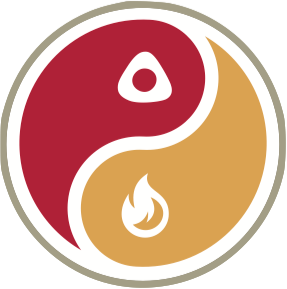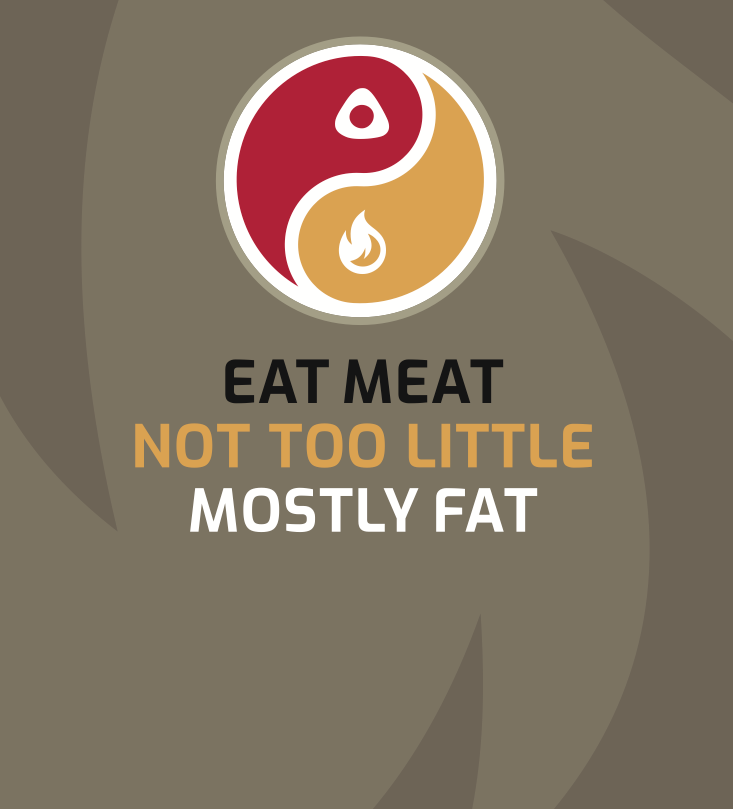Featured
"Paradoxes"
-
Similarities between germ-free mice and ketogenic humans
-
Red Light, Green Light: responses to cortisol levels in keto vs. longevity research
-
Carbosis and the “Seed Oil” Theory: Part I
Anthropology and Evolution
-
The ketogenic diet as the default human diet: an energy perspective
-
The mystery of hippopotamus fat
-
Meat is best for growing brains
-
Musings on “good” bacteria, antibiotics, and brain function
-
Optimal Weaning from an Evolutionary Perspective:
Antioxidants and Other Antinutrients
-
Are vegetables good for you?
-
More Vegetable Depletion Studies
-
Biochemical Warfare
-
Toxic Plant of the Day: Cassava Root
Applied Philosophy
-
The medical-grade diet
-
Similarities between germ-free mice and ketogenic humans
-
Being, Having, and Doing: The Metaphysics of Disease
-
Language Barriers: Preferred Fuel
-
Science Fiction
Babies and Human Development
-
Babies thrive under a ketogenic metabolism
-
Meat is best for growing brains
-
What about the sugars in breast milk?
-
Optimal Weaning from an Evolutionary Perspective:
Biochemistry
-
Keto-adaptation: what it is and how to adjust
-
Ketogenic Diets, Cortisol, and Stress: Part I — Gluconeogenesis
-
If You Eat Excess Protein, Does It Turn Into Excess Glucose?
-
Protein, Gluconeogenesis, and Blood Sugar
-
Protein, Ketogenesis, and Glucose Oxidation
Carnivore
-
A carnivorous diet
-
Are vegetables good for you?
-
More Vegetable Depletion Studies
-
Wait — why eat only meat?
-
Response to Mark Sisson’s assertion that vegetables are necessary for health
Fasting
Fat
-
On lard (from Gary Taubes)
-
The mystery of hippopotamus fat
-
Pork Fat Hollandaise
-
Fun with Yoghurt: fully sous vide and stearic enhanced
-
Does fat from your plate displace fat from your thighs? Not necessarily
Fibre
-
Response to Mark Sisson’s assertion that vegetables are necessary for health
-
Musings on “good” bacteria, antibiotics, and brain function
-
Does a ketogenic diet confer the benefits of butyrate without the fibre?
-
“High-Fiber Diet Might”, a translation
GlucoNeoGenesis
-
Keto-adaptation: what it is and how to adjust
-
Ketogenic Diets, Cortisol, and Stress: Part I — Gluconeogenesis
-
If You Eat Excess Protein, Does It Turn Into Excess Glucose?
-
We were talking about gluconeogenesis, not ketogenesis.
-
Protein, Gluconeogenesis, and Blood Sugar
History
-
A carnivorous diet
-
On lard (from Gary Taubes)
-
Introducing the Mostly Fat Blog
-
Does fat from your plate displace fat from your thighs? Not necessarily
Hormones
-
Ketogenic Diets, Cortisol, and Stress: Part I — Gluconeogenesis
-
The Ketogenic Diet’s Effect on Cortisol Metabolism
-
The Effect of Ketogenic Diets on Thyroid Hormones
Immune System
In the Media
-
The Ketogenic Diet’s Effect on Cortisol Metabolism
-
Dangerous Mistakes of Reading the Internet
-
Microbiome Nonsense: response to “Chowing Down On Meat”
-
Thirteen days of near-carnivory fails to impress
-
“High-Fiber Diet Might”, a translation
Ketosis
-
Keto-adaptation: what it is and how to adjust
-
We were talking about gluconeogenesis, not ketogenesis.
-
The proverbial last 10 pounds
-
Protein, Ketogenesis, and Glucose Oxidation
-
Update on Ketosis and Weightlifting
Leaps of Logic
-
Similarities between germ-free mice and ketogenic humans
-
The Ketogenic Diet’s Effect on Cortisol Metabolism
-
Weight loss advice from fat people
-
Microbiome Nonsense: response to “Chowing Down On Meat”
-
“High-Fiber Diet Might”, a translation
Lifestyle
-
Recent changes
-
Killjoy vs. Freak Flag
-
Experiences of a five-year carnivore: Part II
-
Ribeye Jerky
-
Meatless Mondays
Longevity
Metabolic Syndrome
-
If You Eat Excess Protein, Does It Turn Into Excess Glucose?
-
We were talking about gluconeogenesis, not ketogenesis.
-
The Ketogenic Diet as a Treatment for Metabolic Syndrome
-
The Ketogenic Diet Reverses Indicators of Heart Disease
-
The Ketogenic Diet’s Effect on Cortisol Metabolism
Microbiome
-
Similarities between germ-free mice and ketogenic humans
-
Microbiome Nonsense: response to “Chowing Down On Meat”
-
Musings on “good” bacteria, antibiotics, and brain function
-
Does a ketogenic diet confer the benefits of butyrate without the fibre?
-
Fun with Yoghurt: fully sous vide and stearic enhanced
Micronutrients
-
Response to Mark Sisson’s assertion that vegetables are necessary for health
-
Ketogenic Diets, Vitamin C, and Metabolic Syndrome
-
C is for Carnivore
-
Not the Collagen, but the Carnitine?
Myths
-
Ketogenic Diets, Cortisol, and Stress: Part I — Gluconeogenesis
-
If You Eat Excess Protein, Does It Turn Into Excess Glucose?
-
The Ketogenic Diet’s Effect on Cortisol Metabolism
-
The Effect of Ketogenic Diets on Thyroid Hormones
Neuroscience
-
BCAAs and Keto diets
-
The medical-grade diet
-
Language Barriers: Preferred Fuel
-
Babies thrive under a ketogenic metabolism
-
Dear Lyle McDonald,
Personal
-
A carnivorous diet
-
The proverbial last 10 pounds
-
Update on Ketosis and Weightlifting
-
Deeper ketosis without protein restriction
-
Recent changes
Protein
-
If You Eat Excess Protein, Does It Turn Into Excess Glucose?
-
We were talking about gluconeogenesis, not ketogenesis.
-
BCAAs and Keto diets
-
Protein, Gluconeogenesis, and Blood Sugar
-
Protein, Ketogenesis, and Glucose Oxidation
Stress
-
Ketogenic Diets, Cortisol, and Stress: Part I — Gluconeogenesis
-
The Ketogenic Diet’s Effect on Cortisol Metabolism
-
The Effect of Ketogenic Diets on Thyroid Hormones
-
An Open Dialogue with Alan Levinovitz on Miracle Cures

